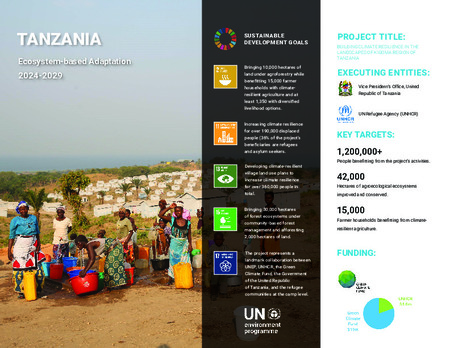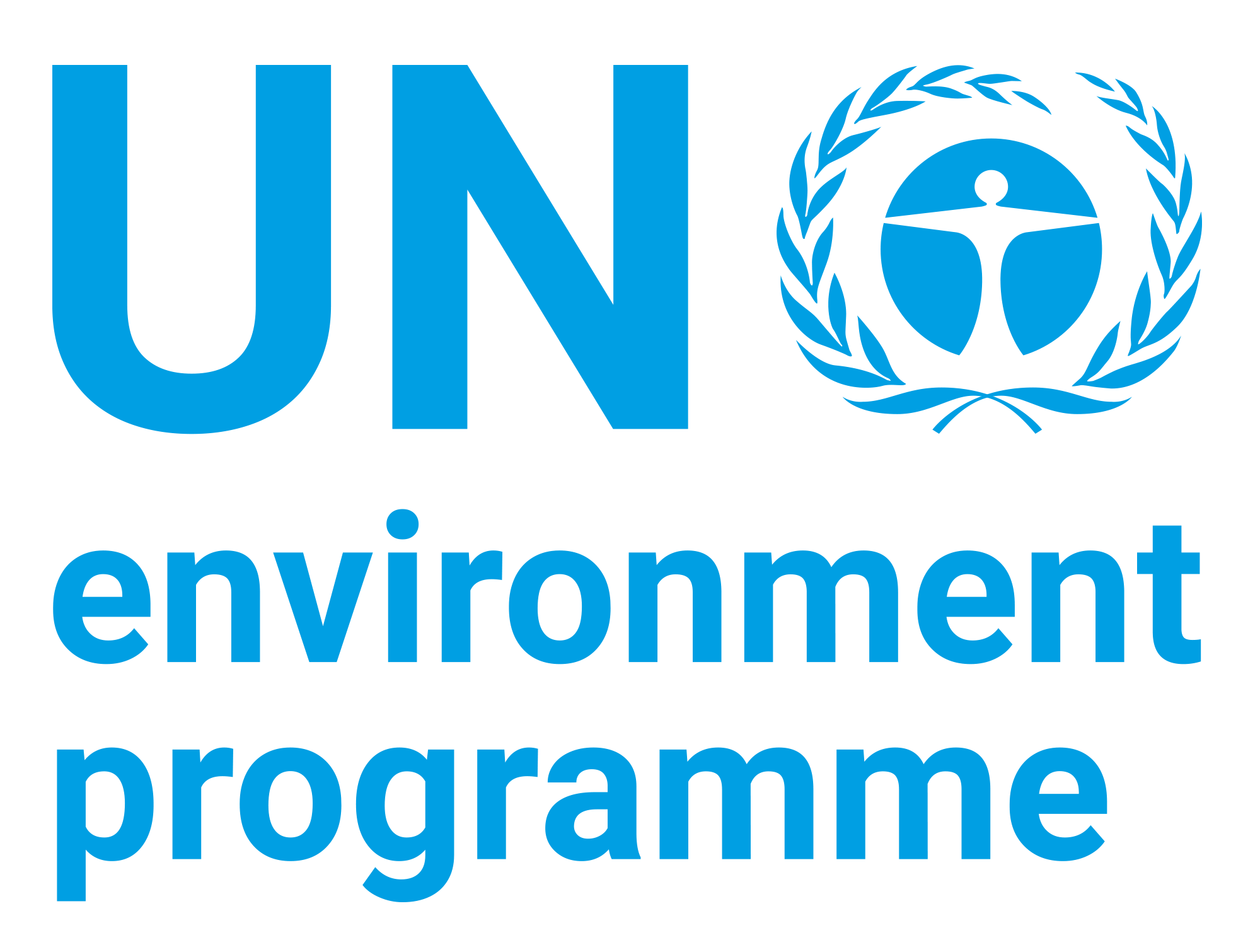Project Factsheet: Ecosystem-based Adaptation in Tanzania 2024-2029

Date
2025-01-01Author
United Nations Environment Programme
Citation Tool
Bibliographic Managers
RT Generic T1 Project Factsheet: Ecosystem-based Adaptation in Tanzania 2024-2029 A1 United Nations Environment Programme YR 2025-01-01 LK https://wedocs.unep.org/20.500.11822/47066 PB AB TY - GEN T1 - Project Factsheet: Ecosystem-based Adaptation in Tanzania 2024-2029 AU - United Nations Environment Programme Y1 - 2025-01-01 UR - https://wedocs.unep.org/20.500.11822/47066 PB - AB - @misc{20.500.11822_47066 author = {United Nations Environment Programme}, title = {Project Factsheet: Ecosystem-based Adaptation in Tanzania 2024-2029}, year = {2025-01-01}, abstract = {}, url = {https://wedocs.unep.org/20.500.11822/47066} } @misc{20.500.11822_47066 author = {United Nations Environment Programme}, title = {Project Factsheet: Ecosystem-based Adaptation in Tanzania 2024-2029}, year = {2025-01-01}, abstract = {}, url = {https://wedocs.unep.org/20.500.11822/47066} } TY - GEN T1 - Project Factsheet: Ecosystem-based Adaptation in Tanzania 2024-2029 AU - United Nations Environment Programme UR - https://wedocs.unep.org/20.500.11822/47066 PB - AB -View/Open
Item Statistics
Display item statisticsMetadata
Show full item recordDescription
Tanzania’s Kigoma region hosts a population of approximately 2.4 million and over 190,000 refugees from neighbouring countries, the majority of whom live in the refugee camps of Nduta and Nyarugusu.
• These settlements, which were rapidly established in response to critical humanitarian needs, are located in areas where the surrounding ecosystems are being degraded.
• A new initiative is set to be a flagship approach on the practice of using nature-based solutions as a holistic strategy to adapt to climate change - technically referred to as ecosystem-based adaptation - especially in landscapes hosting displaced populations.
• Climate-resilient land use planning, forestry, agriculture, water use efficiency, flood and soil erosion control and policy interventions will be implemented in an integrated landscape approach.
Collections
Document Viewer
To read more, scroll down below.

